The DRC produced 115,371 tonnes of cobalt in 2022, more than two-thirds of the world's supply. Kinshasa will continue to dominate the market in the future, and therefore has an interest in continuing its efforts to get a better slice of the pie from foreign groups exploiting the ore.
The DRC is expected to account for 57% of the world’s supply of cobalt from mines in 2030, up from 73% in 2022. This is according to the Cobalt Institute’s latest report on the state of the world market last year, confirming also the rise of Indonesia, information reported last March by the Ecofin Agency.
According to the document drawn up by Benchmark Mineral Intelligence, Indonesia should increase its production by 10 while that of the DRC should only increase by two thirds. As a result, the DRC’s share of global cobalt supply growth is projected to be 44% over the period 2022-2030, compared to 37% for Indonesia.
Symbol of this development, the Southeast Asian country produced around 10,000 tonnes of cobalt in 2022, compared to less than 1,000 tonnes in 2020, becoming the second largest producer in the world.
The share of recycling is increasing
In 2022, global cobalt production increased by 21% year-on-year to reach 198,000 tonnes. This year, global supply (including recycling) will exceed 200,000 tonnes and could double in 2030. A conservative estimate is for 318,000 tonnes by the end of the decade, a compound annual growth rate of 6, 2%.
While recycling accounted for only 5% of the supply in 2022, its share is expected to increase to 15% by 2030, driven by the development of recycling capacities and higher volumes of used batteries. Electric vehicles, which currently dominate the battery market, have in fact been the leading cobalt consumption sector for two years, reaching 40% in 2022, compared to 34% the previous year.








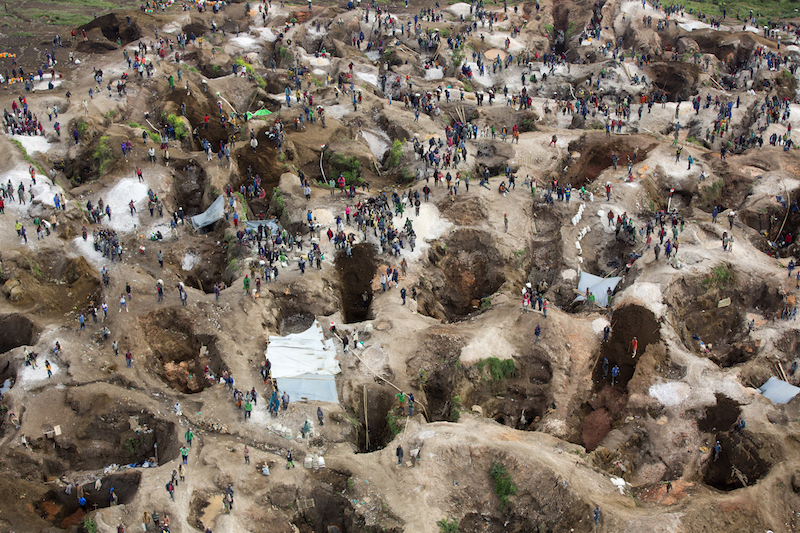
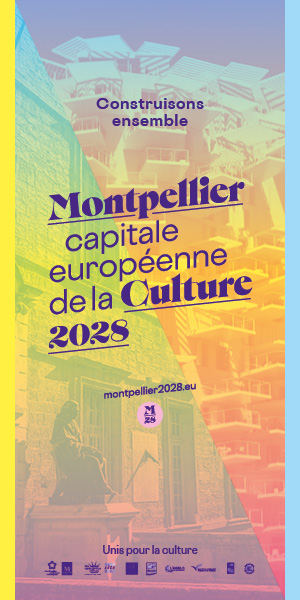
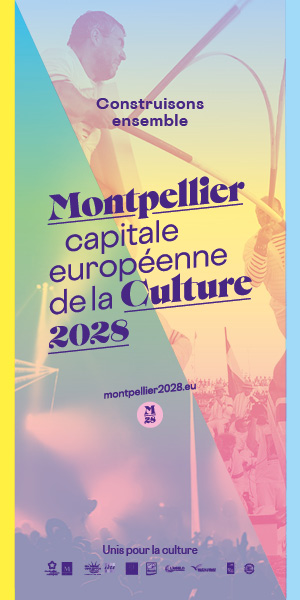
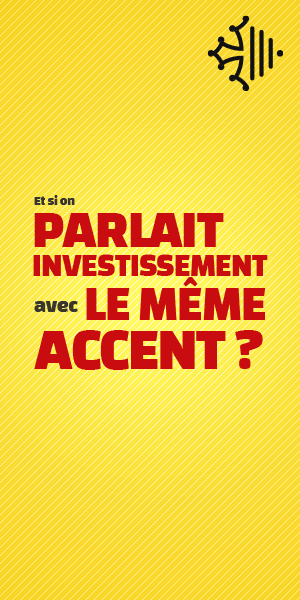

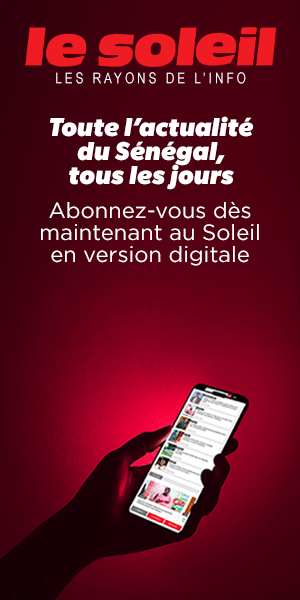
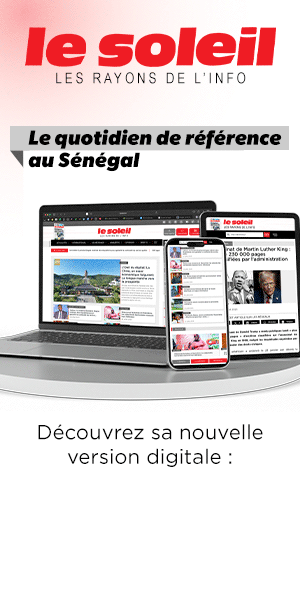




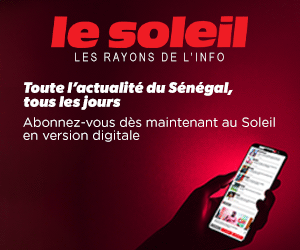


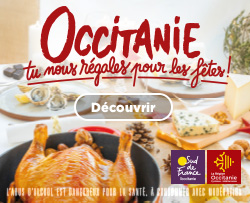

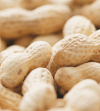

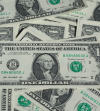
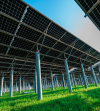

Réagissez à cet article